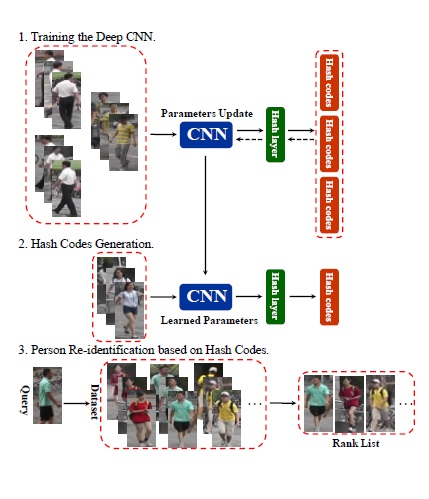- ALL COMPUTER, ELECTRONICS AND MECHANICAL COURSES AVAILABLE…. PROJECT GUIDANCE SINCE 2004. FOR FURTHER DETAILS CALL 9443117328


Projects > ELECTRONICS > 2017 > IEEE > DIGITAL IMAGE PROCESSING
Large scale is a trend in person re-identification (re-id). It is important that real-time search be performed in a large gallery. While previous methods mostly focus on discriminative learning, this paper makes the attempt in integrating deep learning and hashing into one framework to evaluate the efficiency and accuracy for large-scale person re-identification. We integrate spatial information for discriminative visual representation by partitioning the pedestrian image into horizontal parts. Specifically, Part-based Deep Hashing (PDH) is proposed, in which batches of triplet samples are employed as the input of the deep hashing architecture. Each triplet sample contains two pedestrian images (or parts) with the same identity and one pedestrian image (or part) of the different identity. A triplet loss function is employed with a constraint that the Hamming distance of pedestrian images (or parts) with the same identity is smaller than ones with the different identity.
Support Vector Ranking.
In this paper, we employ the triplet-based deep hashing model and propose a Part-based Deep Hashing (PDH) framework for improving the efficiency and accuracy of large-scale person re-id, which generates hash codes for pedestrian images via a well-designed part-based deep architecture. The part based representation increases the discriminative ability of visual matching, and provides a significant improvement over the baseline. Multiple queries method is rewarding to improve the person re-id performance.
BLOCK DIAGRAM
